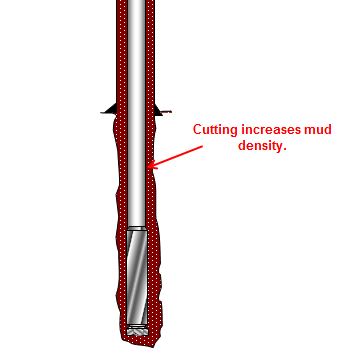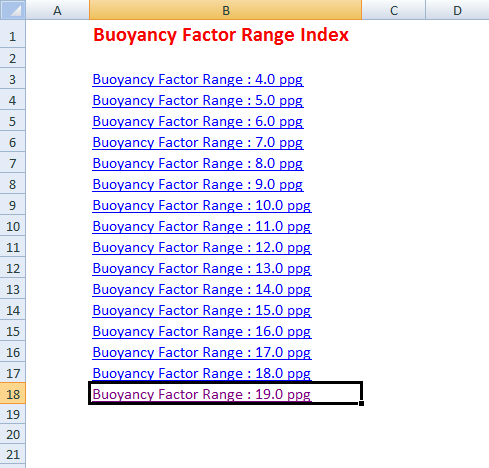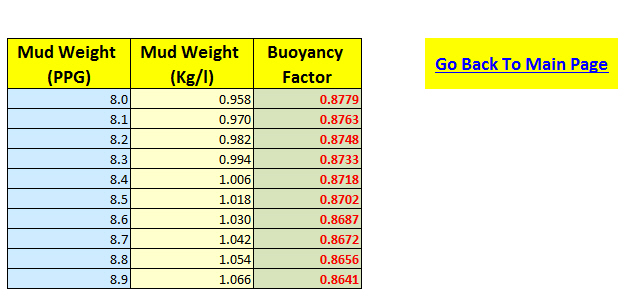Nowadays deep water drilling is one of vital players for oil and gas exploration and production industry and there are many people who would like to know how deep water drilling works. We’ve found one excellent VDO demonstrates the deep water drilling process in a simple way. This VDO will give you clearer picture about the topic and we also add full VDO transcript in order to help more people understand the content clearly. We wish you would enjoy learning from this VDO and please feel free to give us feedback : )
Full VDO Transcript – How Does Deep Water Drilling Work

Credit: Image from Wikipeida
How does the deep sea drilling vessel Chikyu drill into the sea floor? When the vessel arrives at the drilling site it receives a satellite signal that helps the vessel moves into the exact position required. The vessel has six propellers that rotate a full 360 degrees and keep the vessel in one position preventing it from drifting due to the wind, waves or sea current.















